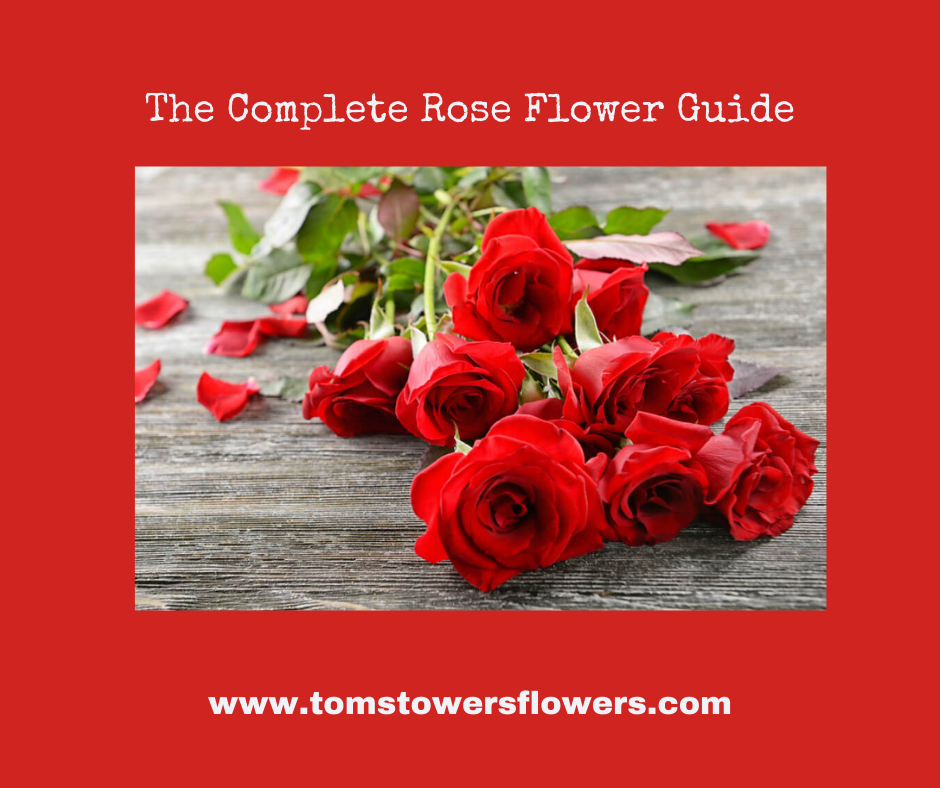How to Grow Roses: The Complete Rose Flower Guide
Rose growing can be quite a fulfilling activity, adding beauty and fragrance to one's garden. Chosen correctly, well taken care of, and infestations or diseases tackled on time, one will have healthy, blooming roses for years in a row.

Roses are the backbones of so many lovely gardens and arrangements, with their classic beauty and alluring fragrance making them a favorite of gardeners and lovers of flowers alike. This guide by our West Islip Florist NY will help you grow and take care of roses, be it your first time or your tenth.
About These Blooms
Rose flowers display beauty, love, and passion and have stood the test of time. They can take many different forms, from climbing roses to miniature rose plants, and flowers can range in color from pure white to deep red and from pale pastel shades to vibrant hues. Understanding the different types of roses and their respective growth habits is key to successful cultivation. Moreover, with our west islip flower delivery, you can get these rose plants.
Or any blooms right at your doorstep.
Type of Roses
There are and have been several types of rose bushes, some of which you can always find at our West Islip NY flower shop.
Old Roses
Sometimes called "heirloom roses," these species had been introduced before 1867. They have some luscious fragrant blooms and have been prominent in classic paintings. These are hardy old roses that are found in warm and mild climates.
Modern Hybrid Roses
Those introduced since 1867, are hybridized for color, shape, size, and often fragrance. Strong continuous bloomers with disease resistance. Hybrid tea roses, bearing large flowers on long stems are the most popular.
Species Roses
These are wild roses that have grown naturally for thousands of years. They bloom during spring up to early summer and their flowers are single. They have adapted well to modern gardens and are resilient to growth.
Planting Roses
Now coming to how to grow roses or how to plant a rose stem, here are some tips on how you can do it in a good manner with fruitful results.
Choosing the Right Location
All varieties of roses require at least five to six hours of full sun each day. They do best in well-drained soil out of competition with large trees and shrubs that may fight for their water and nutrients. This is one of the main key things to consider about how to propagate roses.
Soil Preparation
Roses are happy in light acidic soil; the ideal pH should be around 6.5. If your soil needs improvement, take a test before planting, and add organic matter such as compost or composted cow manure.
Planting Instructions
First of all, consider the about best time to plant roses and when do roses bloom, according to the species you have picked, then after that its same for all:
- Dig a hole large enough to take in the rose's root ball and just as deep.
- Mix some compost into the soil at the end of the hole.
- Place the rose in the hole, but make sure the graft union (that swollen area where the rose was grafted onto the rootstock) is just above soil level.
- Water well to settle the soil.
Care of Roses
After you are done with planting them, remember constant care is also very important. So here are a few tips on it-
Watering
Water regularly; this is particularly important during dry spells. Deep watering will encourage root development below ground. Avoid overhead irrigation, however, as this could lead to the development of fungal diseases.
Fertilizing
Feed your roses early in the season with a balanced fertilizer as soon as new growth begins. Continue feeding every six to eight weeks during this season. Compost or well-rotted manure is good too.
Mulching
Mulch around the base of the rose to conserve moisture, suppress weeds, and regulate soil temperature. Keep mulch back a few inches from the stem to avoid promoting rot.
Pruning
Prune roses in early spring to remove dead or injured wood and to shape the plant. Make clean cuts with a sharp, clean tool. Pruning offers a boost to healthy growth and improves air circulation to reduce the chance of disease.
Pest Problems
Roses are susceptible to several pests and diseases, including aphids, black spots, and powdery mildew. Watch your plants regularly and take action at the first sign of a problem.
Common Pests:
- Aphids: This tiny insect sucks sap from new growth. Spray off with water or use insecticidal soap.
- Japanese Beetles: Handpick and drop these beetles into soapy water.
Companion Planting
Plant other flowers in companion with the rose that add beauty and provide insect repellent at the same time. Examples include lavender, catmint, and lady's mantle. These improve air circulation and reduce the risks associated with disease besides adding visual interest to your garden.
Conclusion
Rose growing can be quite a fulfilling activity, adding beauty and fragrance to one's garden. Chosen correctly, well taken care of, and infestations or diseases tackled on time, one will have healthy, blooming roses for years in a row. Whether it is the single bush you are planting or a whole rose garden that you're going to create, these tips will help you immensely in your endeavors. Also, do visit our website if you want to order the freshest and best roses in NY www.tomstowersflowers.com.

